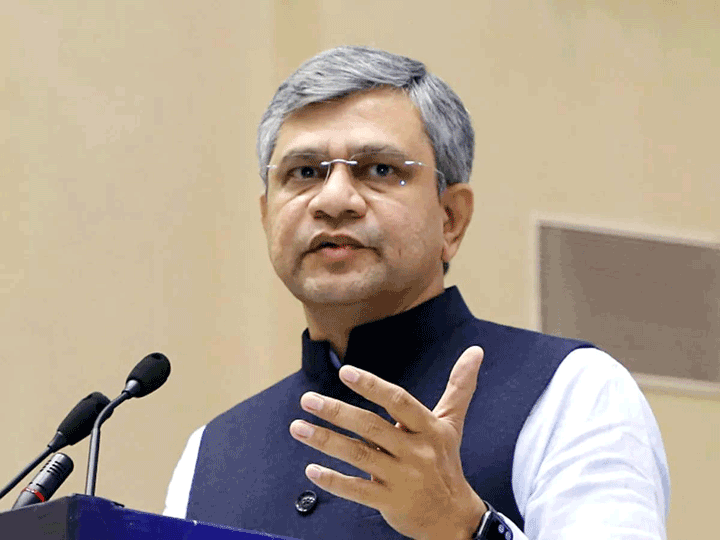Big bang: The new technology behind how we ‘listen’ to it
Exactly what happened at the beginning of the universe, 14 billion years ago, is one of the greatest mysteries in physics – there’s no simple way to probe it. That’s because, in its early stages, the universe was filled with a dense plasma – a gas made out of charged particles including electrons and protons (particles that comprise the atomic nucleus alongside neutrons). Photons (particles of light) were trapped in the mix, bouncing off the other particles furiously, with no way to escape.
As the universe expanded and the density decreased enough, photons could finally escape and light started travelling freely. This event, happening 380,000 years after the big bang, dubbed “recombination”, gave rise to the first snapshot of the universe’s origin – the cosmic microwave background – which we observe with telescopes.











